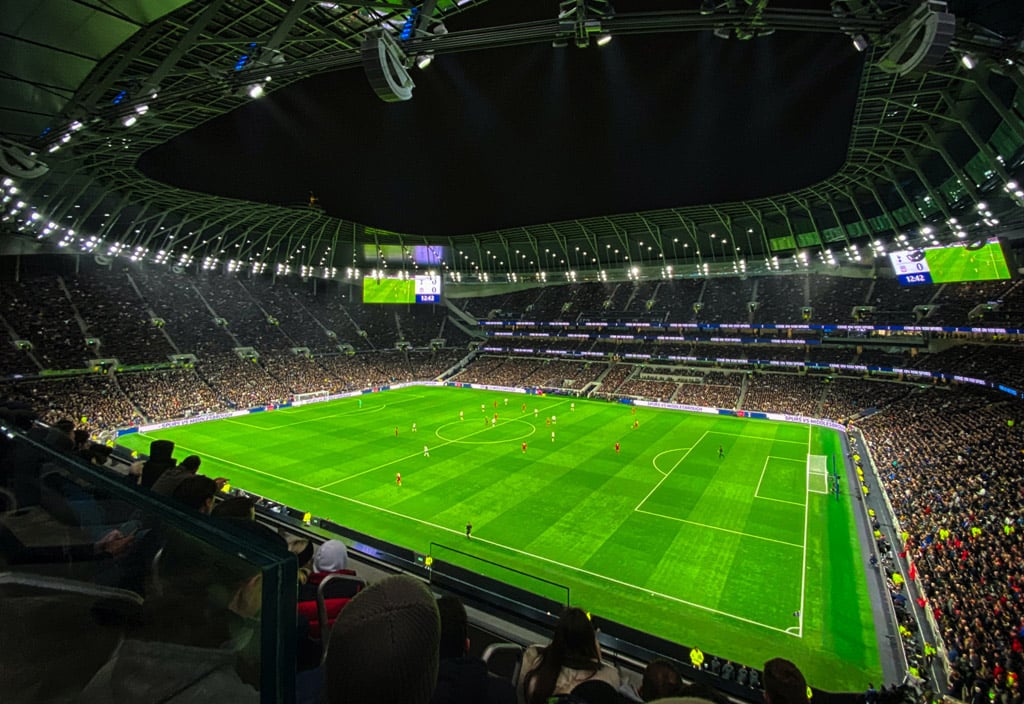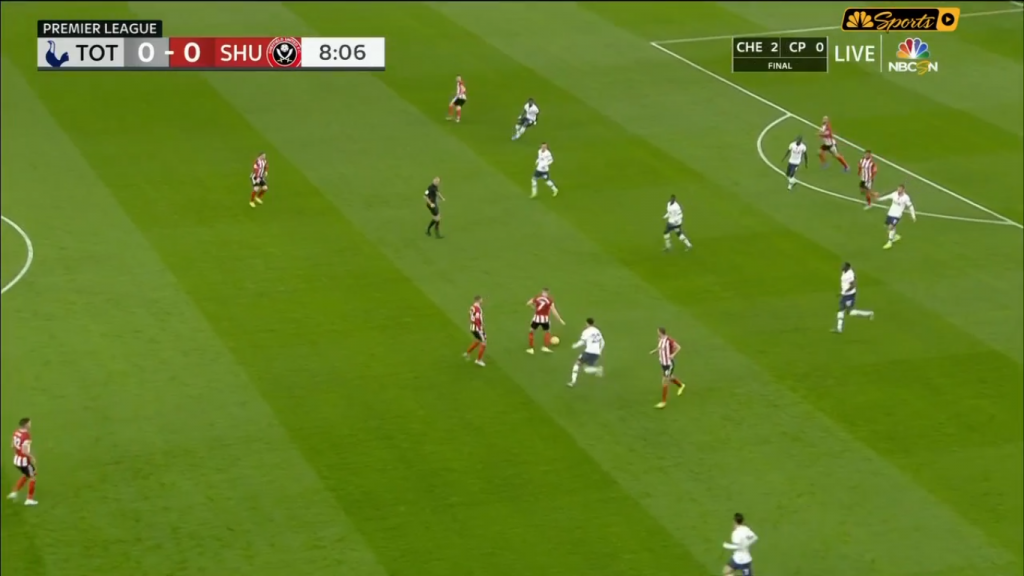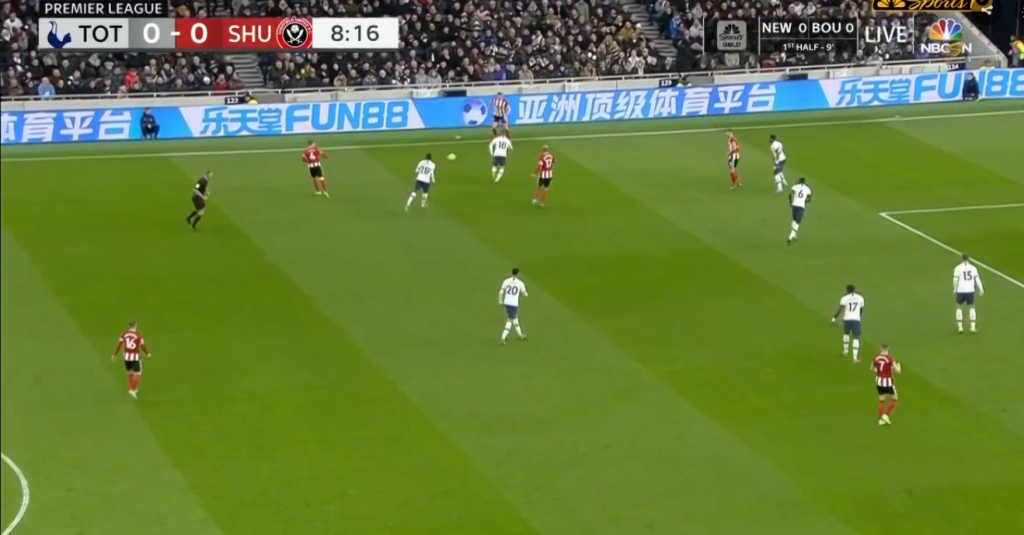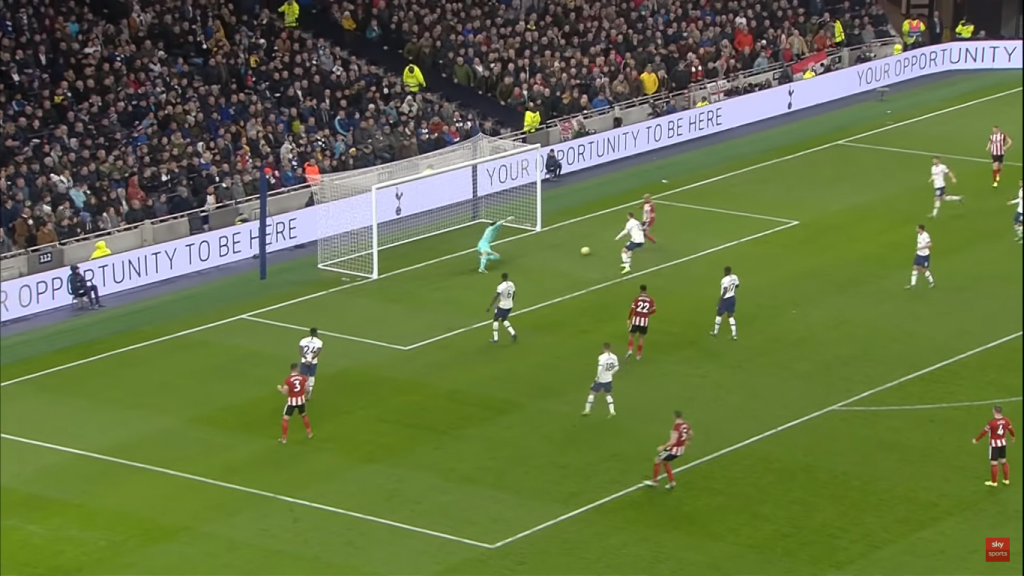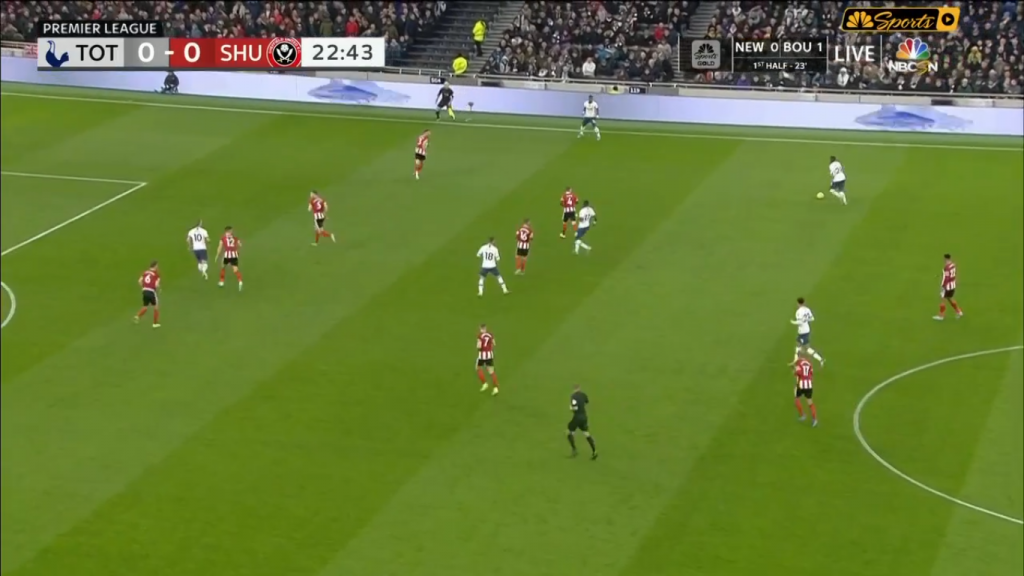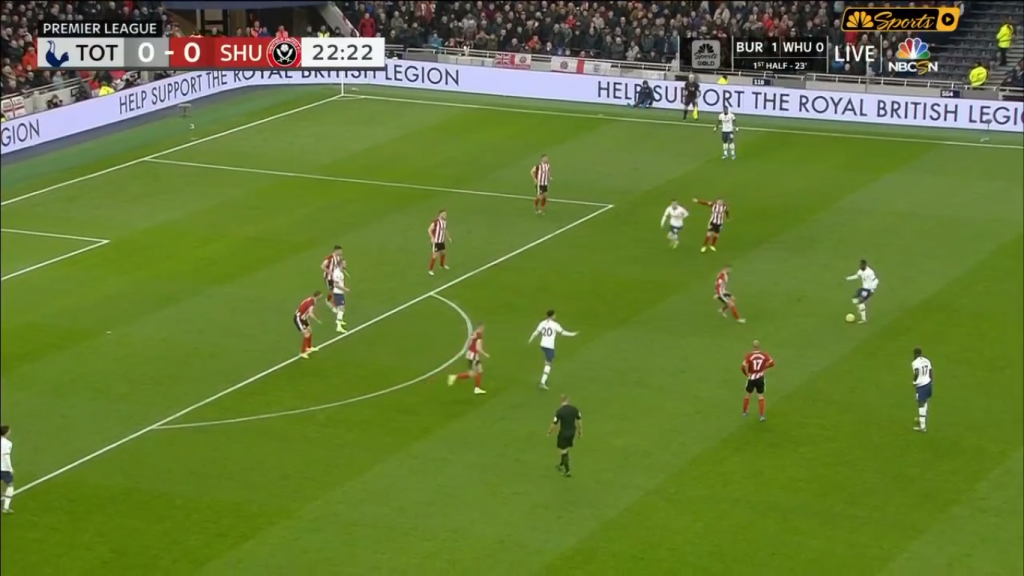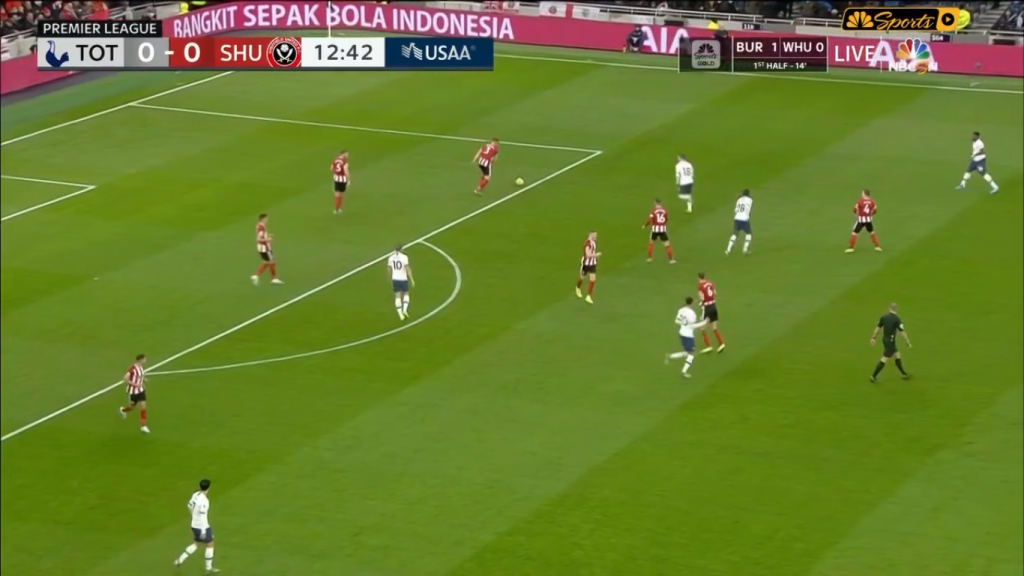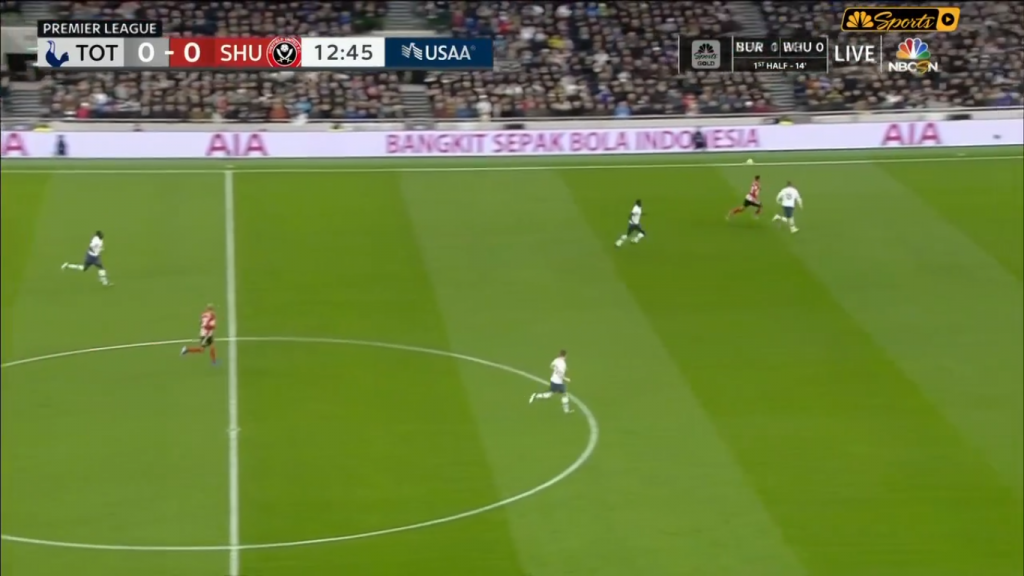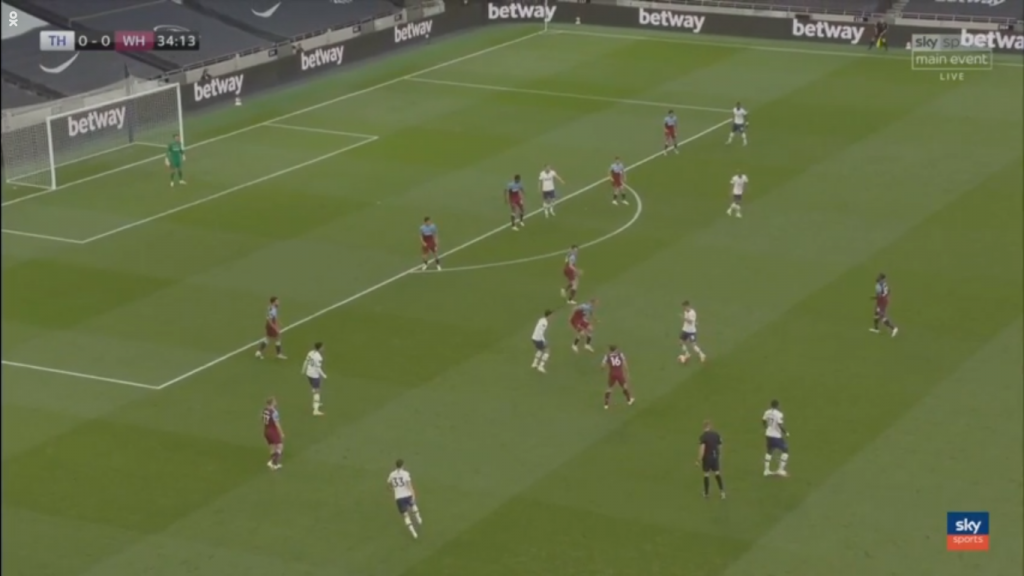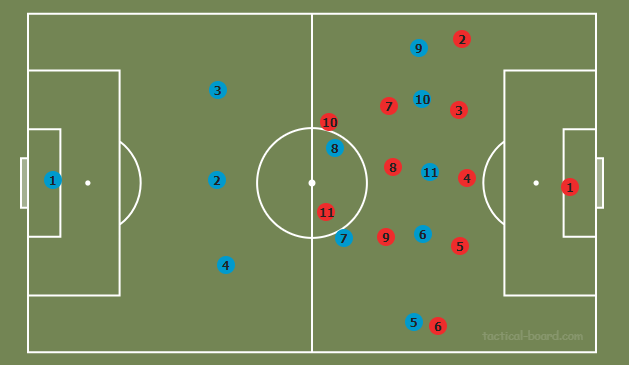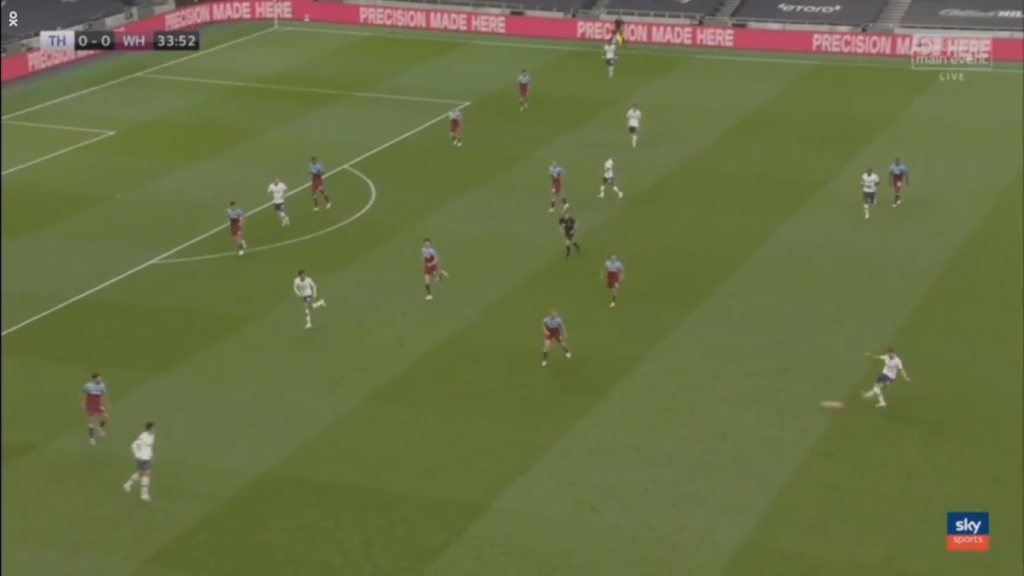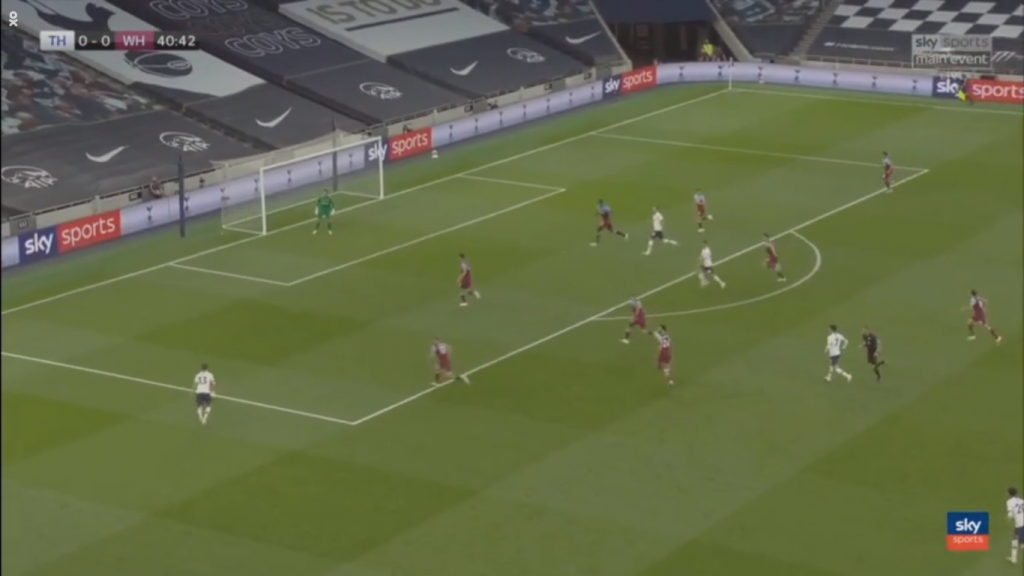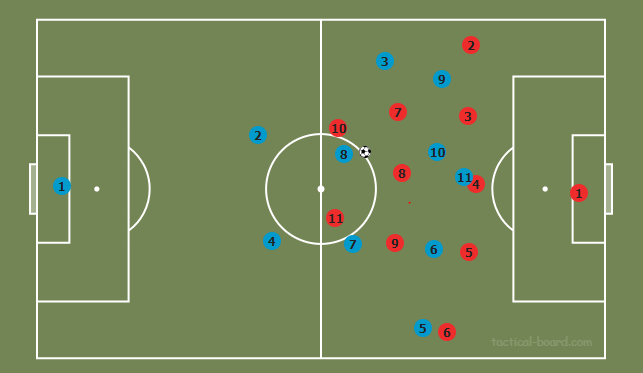Sheffield United vs Spurs
Spurs look to continue their quest for European football with an away trip to Sheffield United tomorrow evening.
Currently, the Blades are in eighth place, a point behind Spurs on 44 points. Spurs are seven points behind fifth-placed Manchester United with a game in hand (Premier League). Sheffield United’s squad has a market value of £121.86m which is the second-lowest in the Premier League (Transfermarkt) despite this they have managed to place themselves in contention for a European spot.
One of the reasons behind this is an impressive defensive record. The Blades have conceded 31 goals this season, only bettered by Liverpool (21) (Premier League).
To understand the defensive structure and shape, Sheffield United’s unique attacking structure must first be visited.
During build-up, they heavily favour the exteriors while attacking. 39% and 42% of attacks have come down the left- and right-hand side respectively with only 19% from central positions. (Whoscored.com). United aim to create triangle overloads on the wings, in the following manner:
Lundstram counter-presses Alli and on retrieval finds the other central midfielder. The outer CB progresses, overlapping the wingback who moves centrally providing space for the outer CB to cross. Sheffield United use these triangles to work crossing opportunities either through the central midfielder or the outer CB/ wingbacks.
This is often the primary chance creation method for Chris Wilder’s side, this season only Liverpool (726) + Manchester City (756) have attempted more crosses than Sheffield United (718). (Premier League
MORE SPURS STORIES
This was effective against Spurs in November, with United scoring two goals (1 disallowed) from wide overloads and quick horizontal rotations.
Defensive Transition
As a result of the centre back advancing, to prevent easy transitions for the opposition. One of the midfielders drops creating a back 3. Due to the positional overload created by United this allows for an effective counter-press.
If the press is evaded, they sit in a compact 5-3-2 block, minimizing the space in between the lines deterring opposition penetration. During entry into the middle third, Sheffield United’s block is very passive looking to protect territory. But as the opposition progresses into the final 3rd, the nearest Blades player presses (usually one of the Central Midfielders), with the other two central midfielders blocking the primary interior passing options. Defensive block and defensive transitions have been the driving force behind the success this season, despite averaging 45.1% (4th lowest) they’re well accustomed to controlling the game without the ball having only conceded 31 goals this season (Whoscored.com)
Transition
On transition, Sheffield United’s strikers split looking for space into the channels looking to expose the opposition high lines through long vertical passes. This is the modal method for transition for United, no team has made more long balls than what they have in the PL this season (Premier League) and is often used to relieve the pressure the defence bares.
Form
However, since the restart, Sheffield United’s form has substantially declined. They have played four games in all competitions and failed to win a single game. (Whoscored.com). In the Premier League matches following the restart, they taken one point out of a possible nine, conceding 6 goals in the process. (Whoscored.com) This means almost 20% of their 31 goals conceded have come in the three matches since the football season resumed.
One of the big difference which exists is how easy transition has been against them since the restart. See example below:
Sheffield United attempt a right-hand side overload against Manchester United, an attempted shot ends up at David De Gea’s feet. Rashford is positioned behind the overload, with De Gea beating the press by playing over it.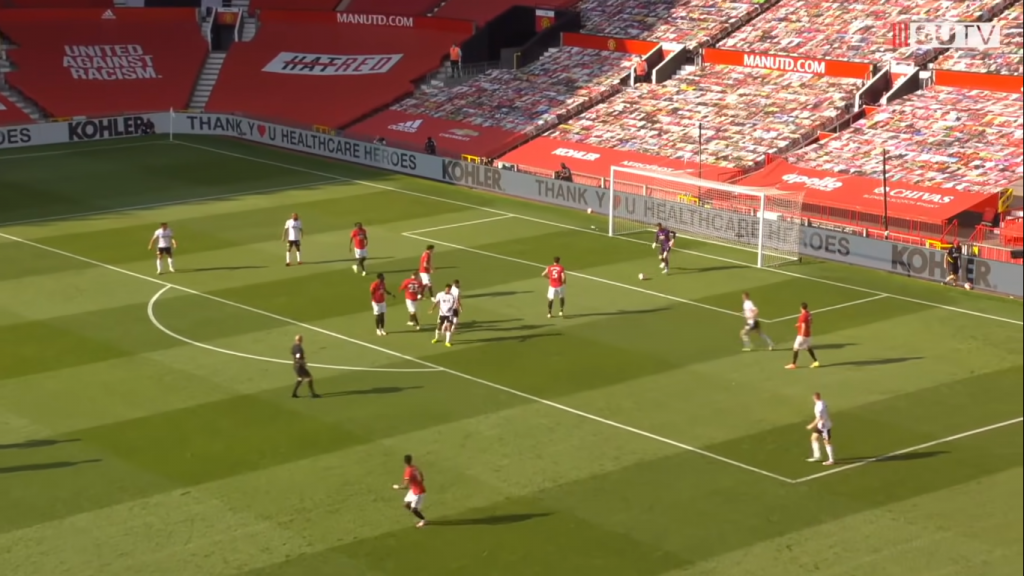
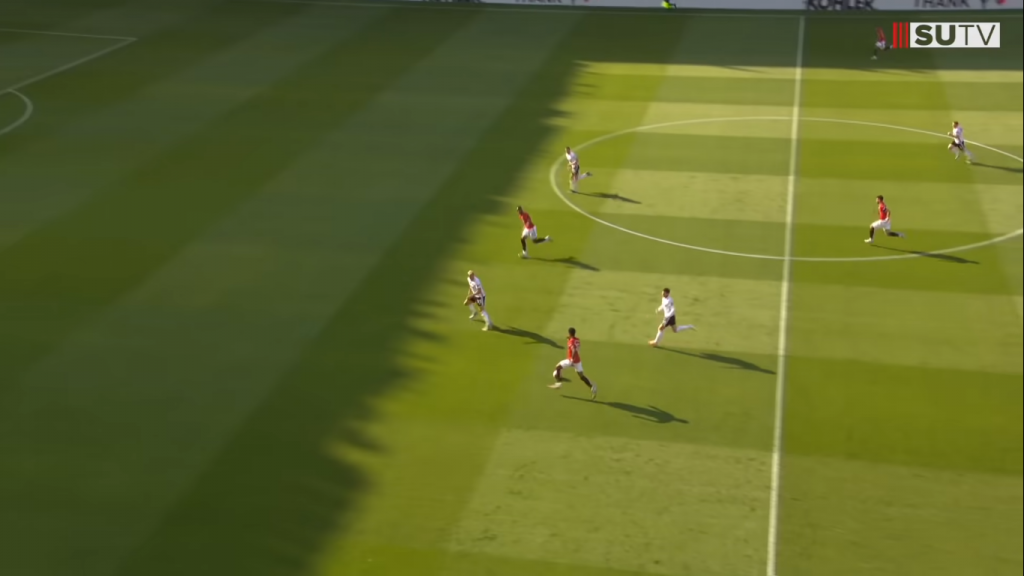
Inside two passes Manchester United find themselves on goal.
But a more concerning issue is the volume of ‘avoidable’ goals conceded this has been due to individual errors and failing to mark men/track runners in the box.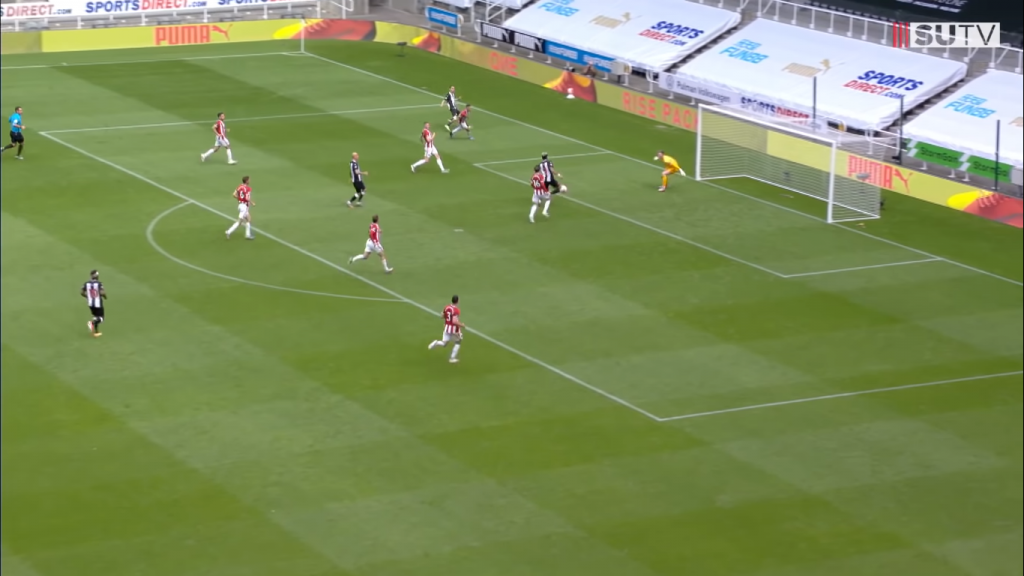
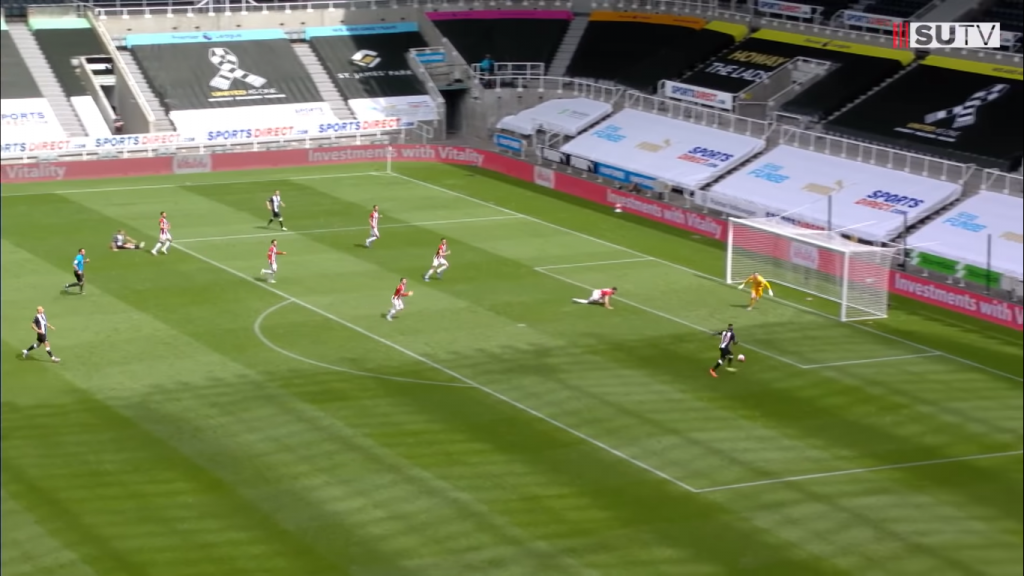
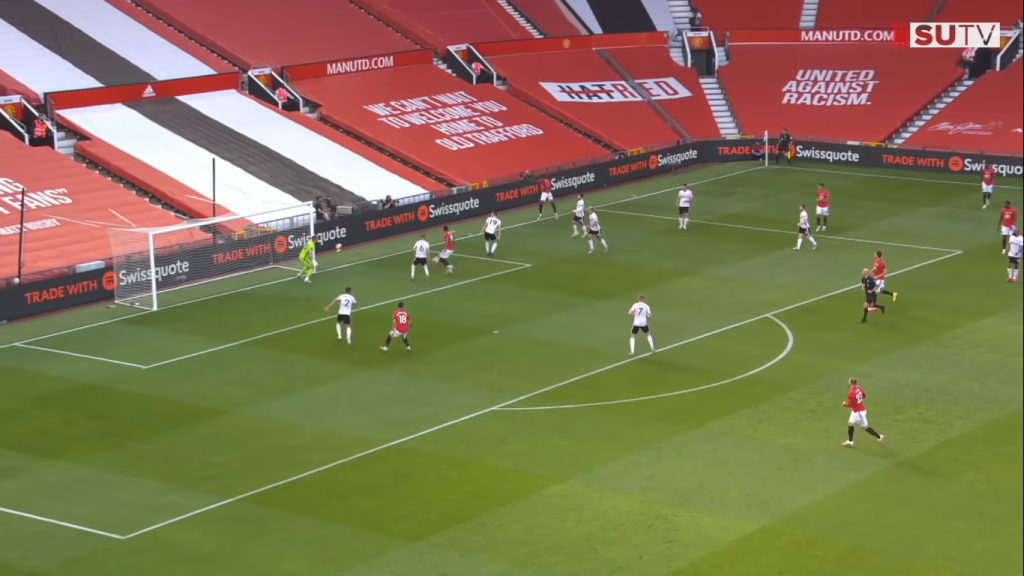
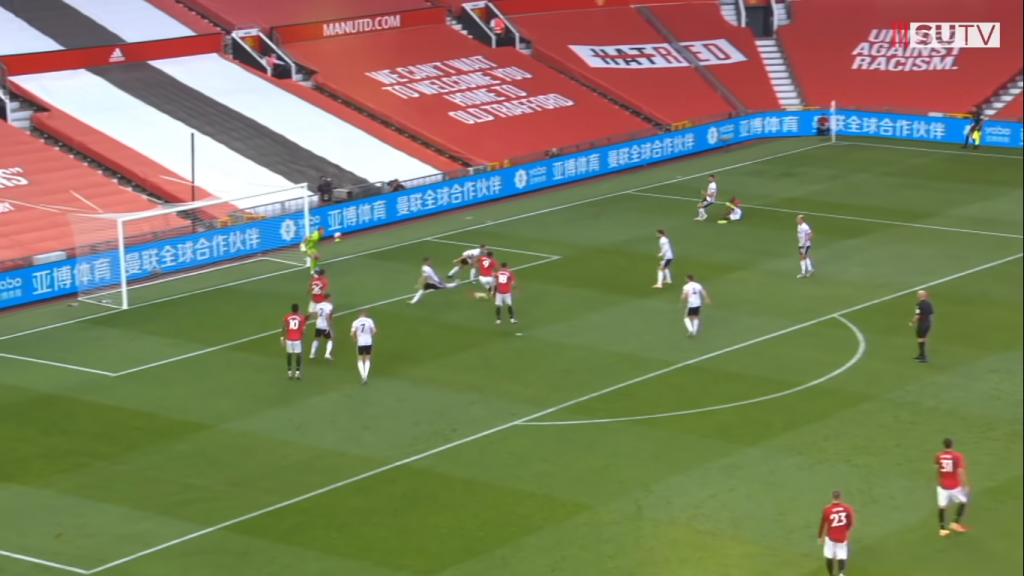
Since the restart four of the six goals conceded have been because of ‘ground crosses’ across the box from worked crossing positions with benefitting attackers in lots of space.
Spurs exploit.
This is something Spurs can look to exploit by quick horizontal rotations, working the ball into wide crossing areas and then looking for crosses. Sheffield United are very dominant in aerial duels, only Burnley (25.4) have won more aerials per game than the Blades (24.6) this season (Whoscored.com). As discussed earlier due to the compact 5-3-2 shape it’s very difficult to penetrate through the interiors, hence by moving the ball quickly to the wide areas, the use of grounded crosses seems Spurs’ best bet to victory.
Hence, in my opinion, the following line up should be used:
Lloris
Aurier – Sanchez – Dier – Davies
Lo Celso – Winks
Bergwijn – Alli – Son
Kane
Firstly, the defence remains unchanged due to the impressive performance against West Ham where Spurs kept there first clean sheet since Early February at home to Manchester City (Premier League). But a more important feature of Spurs’ full-backs will be the attack presence of both, following initial struggles against West Ham’s compact shape we saw the advancement of Ben Davies in offensive wide left positions.
Davies was encouraging from this position, putting in two accurate crosses; only Creswell (3) completed more accurate crosses. (Whoscored.com)
This will allow Spurs to create more offensive opportunities allowing the likes of Son + Alli to operate in more advanced positions in the box.
It’s likely initially, we will see Spurs’ normal attacking structure first with Davies acting as a left centre back during build-up. If frustration continues, the Welshman provides an additional contingency attacking option.
Given the Blades’ possession stats it’s likely we will see the following pattern: Spurs Attack vs Sheffield United defence with the ball being held in the middle third which is likely to frustrate Spurs.
Shape with Davies in back three (numbers for visual representation only)
To create a further attacking option, Davies can operate as we saw against West Ham, in the first phase Davies will progress into a central MF position to aid build-up. But during the 2nd phase, he’ll operate a much wider position.
[Davies and Spurs team shape if decide to build up with both full-backs high – numbers not indicative of players purely for visual purposes]
Allowing Spurs to create overloads in the wide areas allowing for further crossing opportunities, which as shown in Sheffield United’s previous games has caused troubles for them defensively.
This will be a tough game for Spurs, despite what Sheffield United’s form post lockdown suggests. If Spurs are to have any chance of qualifying for the Champions League, this is a must-win game.
What are your score predictions ahead of the game?
Keep up to date with all the latest Tottenham news and opinion by following SpursWeb’s Facebook, Twitter and Instagram accounts.
